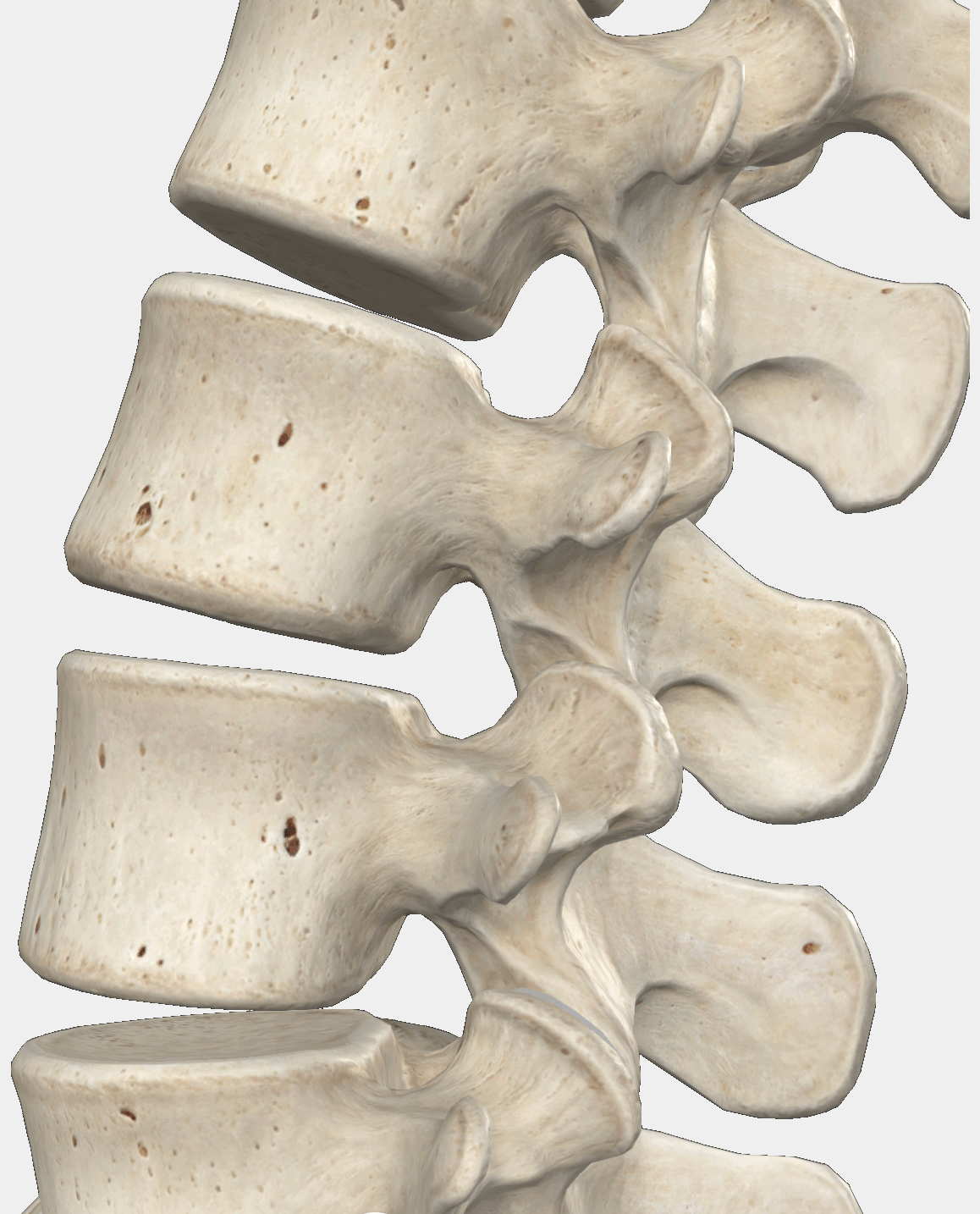Vertebroplasty
Verebroplasty is a surgical procedure used to treat vertebral compression fractures. During this minimally invasive technique, medical-grade bone cement is injected into the fractured vertebral body via a thicker needle to stabilize it and relieve pain.
Open Spinal Surgery
In a small subset of cases, open surgery is required, particularly when bone fragments are compressing the spinal cord or exiting nerve roots.

When Is Vertebroplasty Indicated?
Vertebroplasty is considered when conservative treatments fail, symptoms and pain worsen, and spinal stabilization becomes necessary. This procedure helps to reduce pain and minimize the risk of further vertebral collapse.
Multiple surgical options exist; the optimal approach is determined by the treating spinal specialist based on the patient’s medical history and imaging results.
What Happens During Vertebroplasty?
- Under X-ray guidance and without making a surgical incision, a thick needle is carefully inserted into the fractured vertebra.
- A mixture of powdered and liquid polymethylmethacrylate (PMMA) bone cement is injected through the needle. This cement sets rapidly (within minutes) and fills cavities inside the vertebral body, stabilizing the structure.
- PMMA is inert—it does not degrade or transform, but remains as a solid bulk filling the fracture gap.
- After injection, the skin entry point is closed using steri-strips (wound adhesive), which the patient removes after about three days.
When Is Vertebroplasty Not Appropriate?
- Old, fully healed fractures are generally not treated with vertebroplasty as no significant benefit is expected.
- Certain fracture types—such as those where bone fragments compress the spinal cord, or vertebral bodies have collapsed to less than one-third of their height—are considered contraindicated for cement injection.
What to Expect During the Procedure
- Vertebroplasty is performed in the operating room under anesthesia, with real‑time X-ray imaging (fluoroscopy).
- Patients usually go home the same day following the procedure.
Risks and Complications
Although most complications are mild and self‑limiting (occurring in less than 3% of cases), some may be more serious (<1% risk):
Mild Complications (<3%)
- Temporary increase in pain after the procedure
Major Complications (<1%)
- Cement leakage through fracture lines, potentially into adjacent discs—forming hard structures and causing pain or neurological issues
- Bleeding, new vertebral fractures, or pulmonary embolism
- Cement migration into the spinal canal or nerve foramina, resulting in nerve root compression
Rare Complications
- Injury, inflammation, or infection of surrounding tissues (muscles, tendons, vessels, nerves)—usually prevented with preoperative prophylactic antibiotics
What to Expect After the Procedure
- In the absence of complications, most patients can mobilize and be discharged the same day.
- Pain relief is usually immediate, although full symptom reduction may take up to a week.
- Thrombosis prevention injections (e.g., low-molecular-weight heparin) are typically administered from the day of surgery until full mobility is achieved; patients are taught how to administer these.
- A period of spinal rest followed by gradual physiotherapy over several weeks is recommended for optimal recovery.
Expected Long-term Outcomes
- Cemented vertebrae are unlikely to fracture again, eliminating pain originating from that level.
- However, other vertebrae may still fracture over time due to underlying osteoporosis or other conditions. These can be treated similarly using vertebroplasty if necessary.


